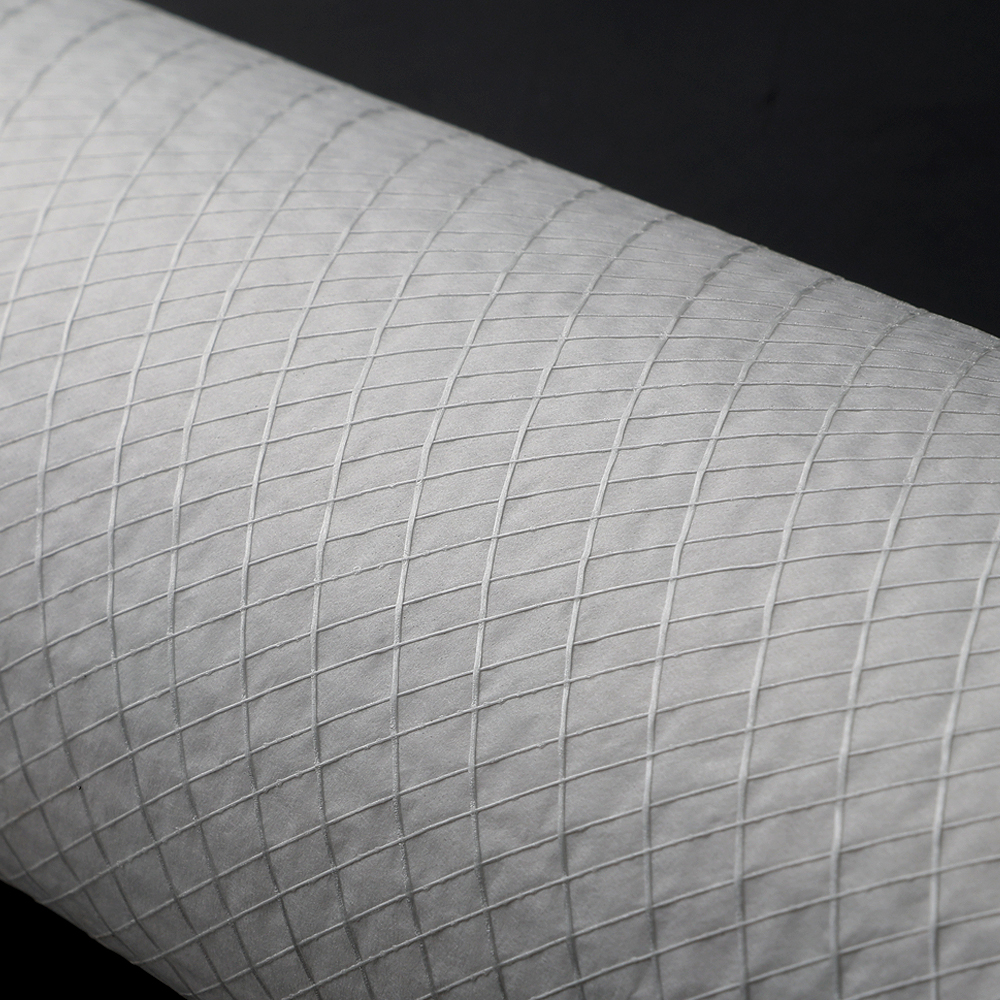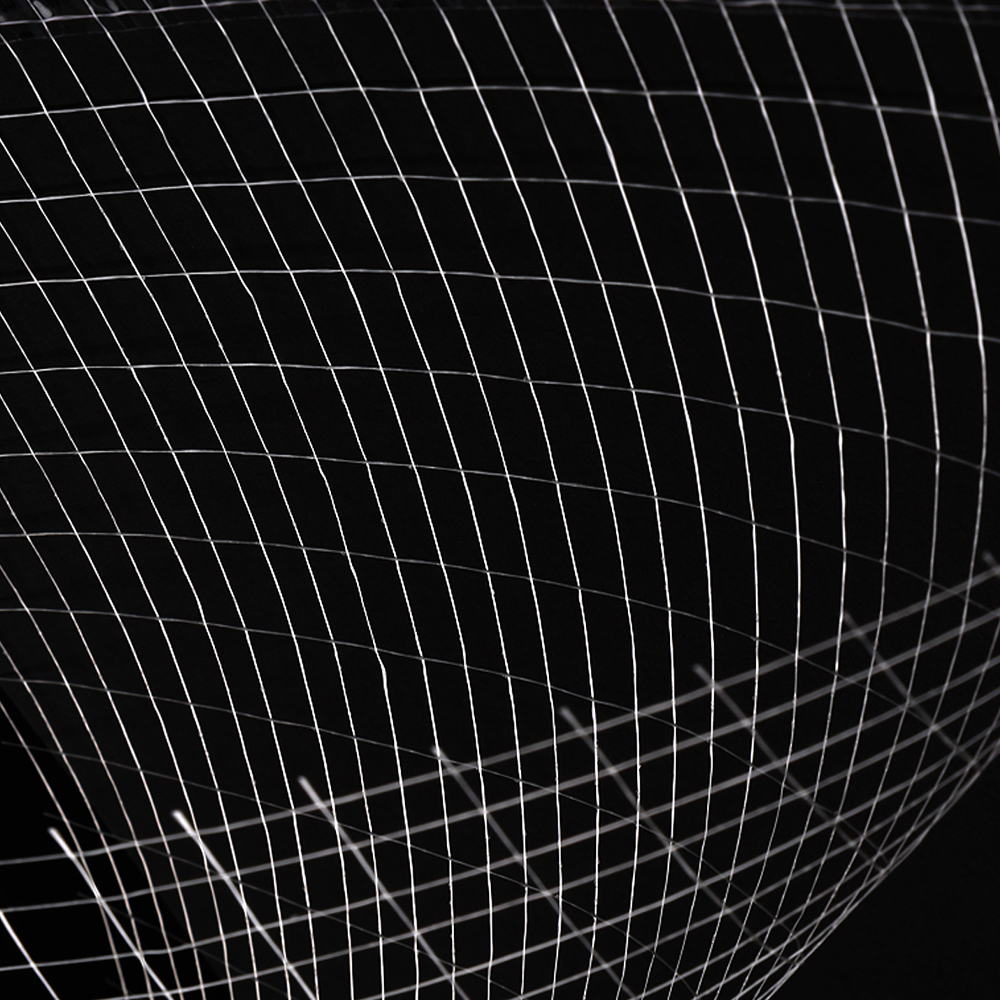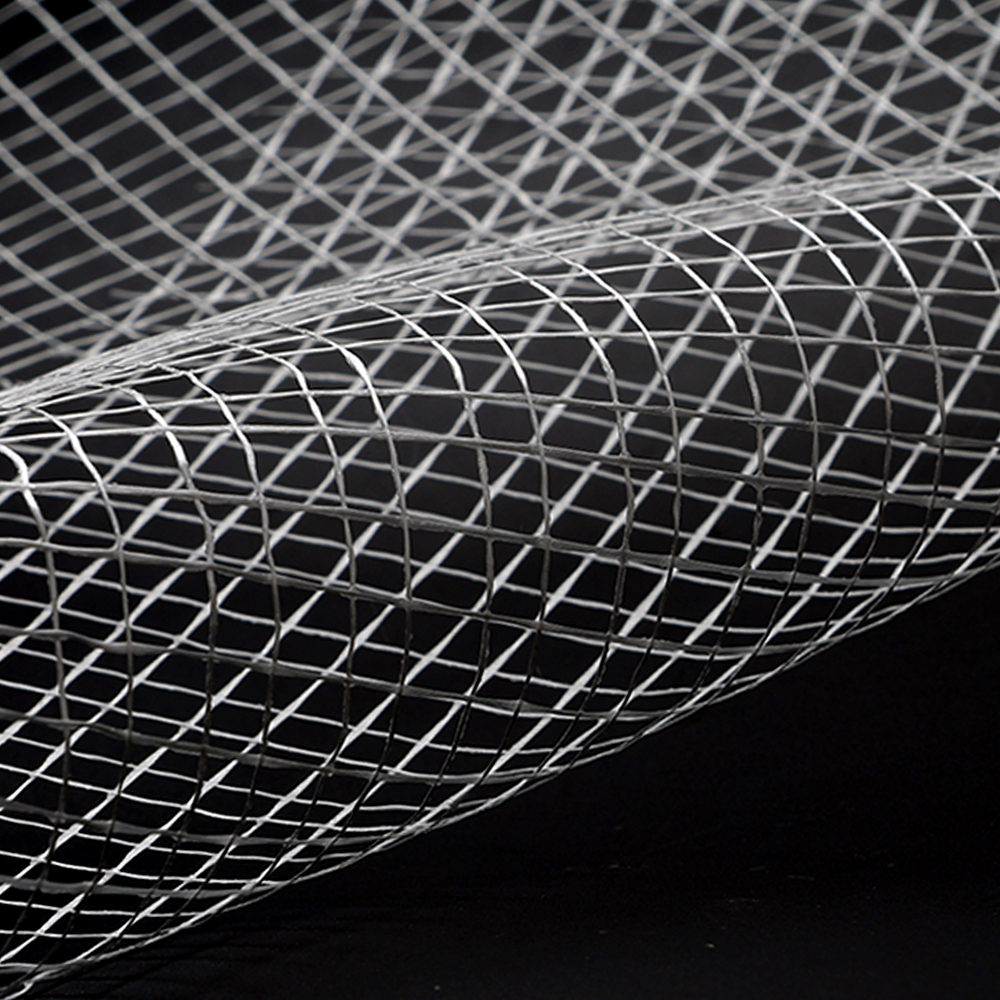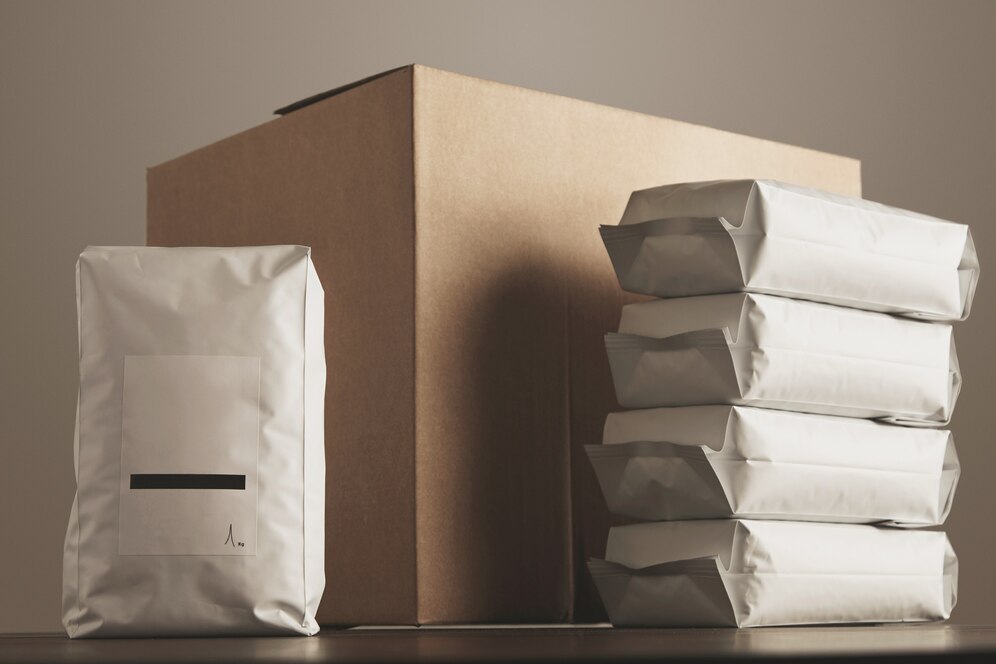In many modern products, from building materials to packaging, hidden reinforcements give ordinary materials extra strength and durability. Two common reinforcement methods are non-woven fabrics reinforced with fiberglass mesh and fiber laid scrim. While they sound technical, these materials show up in everyday items – from roofing membranes to mailing envelopes. We will now explain how they differ in structure and performance, and where you might find them in use.
What Is a Fiberglass-Reinforced Non-Woven Fabric?

Non-woven fabric is a fabric-like sheet made by bonding fibers together without weaving or knitting. Think of felt or the material in some reusable shopping bags – fibers are pressed or glued into a flat mat. To reinforce a non-woven, manufacturers can add a fiberglass mesh. Fiberglass is a material made from very thin glass fibers; when woven or arranged in a grid, it forms a net-like fabric that is lightweight but strong. Put simply, a fiberglass mesh looks like a flexible net made of glass threads. By combining this mesh with a non-woven fabric, the result is a composite material that has the best of both worlds: the full coverage of a fabric sheet plus the strength of a fiber grid.
Structurally, the fiberglass mesh often runs in two directions, it strengthens the non-woven fabric in both lengthwise and crosswise directions. Without the mesh, a non-woven might tear or stretch more easily. With the fiberglass reinforcement, the sheet gains tensile strength and tear resistance while still being fairly light. The fiberglass mesh essentially supporting the non-woven material.
In terms of feel and appearance, a fiberglass-reinforced non-woven usually looks like a normal fabric mat but with a faint grid pattern visible if you hold it up to the light. It remains flexible, though the embedded mesh might make it a bit stiffer than an unreinforced cloth. These composites can also be made thin or thick depending on needs. A non-woven fabric with fiberglass mesh is like a sheet of felt given a backbone of glass fiber netting for extra strength.
Comparing to Fiber Laid Scrim

Structurally, the difference between a fiberglass-reinforced non-woven and a scrim comes down to coverage versus openness. The non-woven with mesh is essentially a full sheet of fibers with a grid embedded inside or attached to it. The non-woven part provides a continuous background of material, whereas the fiberglass mesh provides a reinforcing supporting layer. This means the composite has substance in every part of its area.
Functionally, both of these materials serve to reinforce or strengthen products, but they do so in slightly different ways and scenarios. They both add tensile strength and tear resistance. The non-woven with fiberglass mesh tends to create a more rigid, stable sheet. The non-woven component itself can add some degree of stiffness or bulk, and the fiberglass mesh keeps it from stretching. This can be important in applications such as roofing or waterproofing membranes. A fiberglass-reinforced fabric has good dimensional stability, it holds its shape whether it is under stress or temperature changes. Scrim, on the other hand, provides strength primarily along the directions of its fibers. If a scrim has fibers running vertically and horizontally, it will chiefly resist stretching or tearing in those two directions. It keeps materials from ripping further by distributing forces along the grid.

One of the major advantages of scrim is how little it weights compares to the strength it provides. If you need to reinforce something but can’t afford to make it heavy or thick, scrim is often the choice. Non-woven composites are heavier because you’re carrying the weight of the entire fabric sheet plus the mesh. For instance, a reinforced polyester felt for construction will weigh more to give it substance, whereas a scrim might add only single-digit grams per square meter to a product. The flip side is that the non-woven fabric gives more coverage and sometimes insulation or surface properties whereas scrim by itself gives no coverage – only strength.
A reinforced non-woven fabric often feels like a thick paper or felt with some firmness. It can usually be cut with scissors or a knife, though the embedded fiberglass threads might require a bit more effort to cut through. Scrim by itself is a bit tricky to handle because it’s flimsy until attached to something and it often comes in rolls and might be sticky.
Application Area

Both fiberglass-reinforced non0wovens and fiber scrims finds uses across various range of industries, often improving the durability of everyday materials. In building and construction, these reinforcements are everywhere. Roofing membranes frequently use a polyester non-woven with fiberglass yarns inside to stabilize the sheet and prevent tearing when the wind blows or workers walk on them. House wrap and roofing underlayment might use scrim or mesh to resist tearing during installation. Additionally, when making cement boards or stucco, fiberglass mesh sheets are embedded in the material for strength and crack control.
Also in packaging application, scrim-reinforced envelopes and paper sacks are used for heavy-duty mailing and packaging, because the fiber mesh vastly improves tear resistance without adding much weight. Some high-strength packing tapes have visible fibers running along them – those are scrim reinforcements that stop the tape from stretching or breaking. Even certain bubble wraps or protective fabrics for shipping use scrim layers to hold them together. Non-woven fabrics reinforced with mesh might be used for reusable shipping materials or protective covers that need both padding and strength.

non-woven fabrics reinforced with fiberglass mesh and fiber laid scrims are both clever methods to make materials tougher. The non-woven + mesh approach yields a combined material that has built-in strength and substance – imagine a tough fabric that can handle stress without ripping. Fiber scrim, by contrast, is an almost invisible web that lends its strength to whatever it’s built into – think of it as the hidden net that keeps a material from falling apart. Each has its place: if you need a standalone sheet or layer that is strong and has some thickness, a fiberglass-reinforced non-woven is ideal. If you need to reinforce something thin or delicate without weighing it down, a scrim is the go-to.
